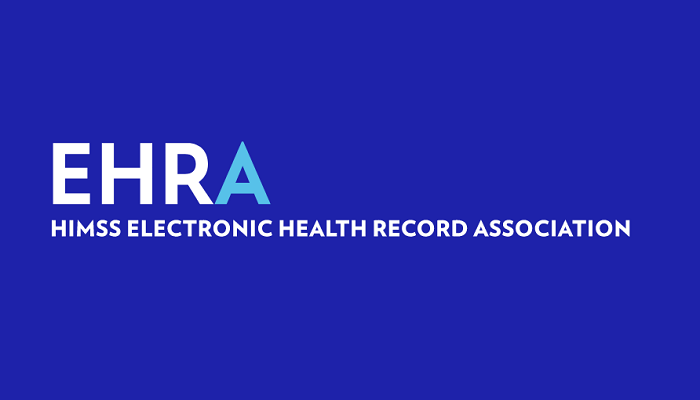There happen to be numerous overlapping federal requirements, such as the need for annual projects in order to maintain information blocking compliance as well as aggressive time frame when it comes to decision support certification, go ahead and represent big challenges for the health IT developers, according to the leaders from the HIMSS Electronic Health Record Association.
With a spate of regulations that happen to be driving the health IT product development, being in compliance with the regs that do not always work well with each other happens to be a big ask, as per Leigh Burchell, who happens to be the vice chair of the EHRA’s information blocking compliance task force as well as a member of the organization’s executive committee.
She says that it is indeed very challenging for them; however, it is also very challenging for their client. She said this earlier in March 2024 at a HIMSS24 media briefing that happened to cover a number of regulatory compliance issues.
In 2023, the EHRA asked the Office of the National Coordinator for Health IT as well as the Centers for Medicare and Medicaid Service to go ahead and better coordinate on regulatory misalignment so as to address regulatory burdens pertaining to interoperability as well as artificial intelligence transparency rules.
Burchell said that they give them the deadline of when they have to have it available, but they are also telling them that the CMS is reinforcing through their rulemaking when it has to be put out to their clients.
The fact is that there is really a six-month difference when it comes to both the sets of deadlines, she added, noting that EHRA happens to be currently engaging with the federal agencies on the merits of a flex-year approach so as to reduce the pressure of yearly deployments needed under Health Data, Technology, as well as Interoperability: Certification Program Updates, Algorithm Transparency, and also Information Sharing, or HTI-1, along with other interoperability rules.
What they have recommended, especially to the CMS, is that they get back to a structure where there happens to be a flex-year approach wherein there’s more flexibility as to when that particular software can be rolled out, when they can go ahead and begin using it, or when they have to begin using it, Burchell added.
HTI-1’s decision support intervention certification happens to be a particularly concerning requirement that goes on to include having to conduct safety-enhanced design testing along with healthcare provider clients prior to the certification by December 1, 2024.
So that is indeed a big lift, she said.
What they have to do, even just in the case of transparency on the DSI requirement, is very substantive because they essentially, all as a matter of fact, have to go ahead and conduct an inventory of all of the interventions, many of which have not been developed by EHR vendors.
The fact is that there are numerous cases, they do not happen to be necessarily the main source, and so they have got to get to the source more than what the present scenario is.
Due to this, she opined that the EHRA asked ONC to go ahead and offer a six-to-12-month enforcement discretion period concerning HTI-1’s DSI intervention requirements.
At the briefing, EHRA went ahead and said that it happens to be also working along with states so as to set realistic frameworks as well as timelines for the data segmentation, which is governed by way of privacy along with the other drivers.
Josh Mast, who happens to chair the EHR Association’s public policy leadership workgroup, remarked that in the last two years, the organization has begun to see, a big uptick when it comes to activity since the Supreme Court’s Dobbs decision.
EHRA happens to be offering education at the state level on the IT development processes that would go on to be needed so as to meet the individual state requirements in order to restrict the abortion care or even allow it.
The fact is that ideally, one does not want to be chasing down 50 varied requirements at that too in 50 different places when they can as well try and also sync in as much as possible and go ahead and also create more of a strategy at the industry level, or by way of leveraging what ONC as well as others happen to be doing at the federal level, said Mast.
One instance of all this is a New York legislative proposal so as to segment data in order to protect certain specific data from information-sharing needs.
As per Mast, a lot of it happens to be trying to set a realistic framework for what is at present that is available in the technology segmentation as well as what a realistic timeline happens to be when it comes to the development of those kinds of capabilities.
It is well to be noted that in January 2024, it was asked to Micky Tripathi, the ONC National Coordinator for Health Information Technology, as to what he thinks certified health IT owners require in order to clear the regulatory hurdles such as DSI as well as electronic case reporting, during a discussion on the agency’s 2024 interoperability roadmap.
Considering the time frame that has been allotted, EHR vendors happen to be pretty concerned that the delivery of the AI nutrition labels when it comes to decision support is indeed going to be quite daunting. This is despite of the fact that the scope of work that indeed needs to be done so as to deliver on the HTI-1 requirements that were initially proposed in the draft rule has been reduced.
According to Tripathi, they go on to believe that it is indeed completely reasonable for them to be able to come up with something like that in a year.
As again, the fact is that it is just a transparency functionality and it is not anything about the AI tools themselves.


















